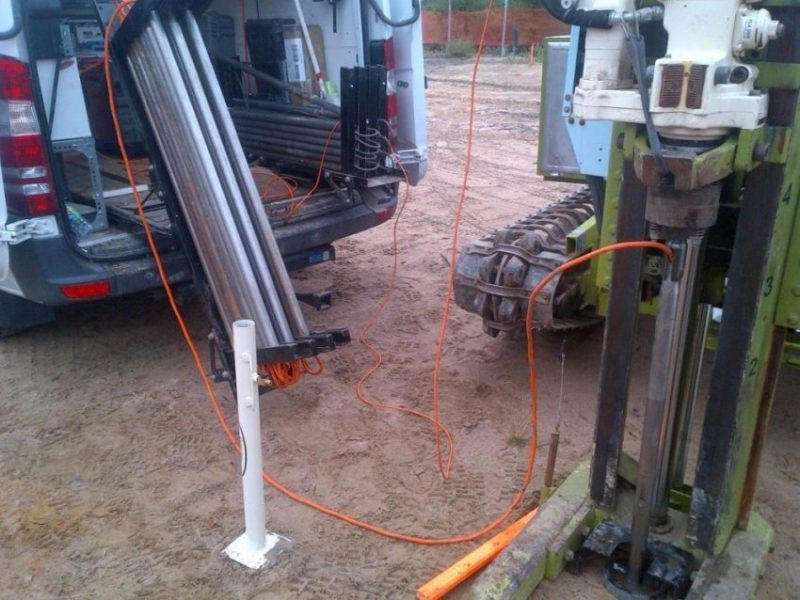As we all know, road salt is often a product utilized for the protection of motorists during winter driving months. It is an effective de-icing agent at a relatively low cost; however, given its use, or storage of large quantities on private property there is the potential for long-term expensive restoration costs from an environmental perspective.
Typically, subsurface road salt impacts are delineated via the use of electromagnetic surveys or conventional drilling and sample analysis through use of either salinity test strips or laboratory analysis. Although both methodologies have the potential to produce an accurate interpretation of subsurface conditions, the process can be lengthy and expensive. The necessity of completing multiple re-iterations to definitively outline the salt horizontal and vertical limits of impact.
To assist our clients with issues
relating to subsurface salt impacts, Premier has successfully employed the use of
a real-time high-resolution direct push drilling tool known as a Hydraulic
Profiling Tool (HPT) to assist with the quantification of subsurface road salt
impacts.
Quantification of subsurface impacts is a necessary linear step in either
physical remediation of the impacts or a risk-based management approach.
Hydraulic Profiling Tool (HPT) is a direct-push screening tool that can detect and log in real time Electrical Conductivity (EC) values that are indicative of the presence of road salt within the subsurface soil. Through use of this technology, Premier has observed that it eliminates the requirement to complete an electromagnetic survey, reduces field supervision investigation time, overall drilling costs and laboratory fees ultimately saving our clients’ money and time on projects where road salt is a contaminant of concern.
For more information on how Premier can assist you with subsurface salt impacts, give us a call at 519-653-7140 or email Doug Dolby at ddolby@premiercorp.ca.






